Learn about fly rod weights with this complete guide! Find out how to read the weights on a fly rod and what each of them is best for.

Often a first fly fishing experience starts with a friend or a guide placing a fly rod in your hands. It’s the first time you sense there is something different than any fishing rod you have managed prior. Even before you unhook the line to attempt the first cast, there is an appreciation for the feeling of that cork handle, and the balance between the rod and reel.
Almost as if it’s going to cast itself.
If only that were true in some cases. From there your experiences may vary, but since you are reading this post it is very likely those early fly rod interactions were good ones.
A couple good fly fishing trips usually translates into a desire to dive a little deeper, and maybe make that first fly rod purchase. There are numerous considerations when buying a fly rod. Probably the most fundamental points to understand are the differences in fly rod weights, what they mean, and what they can (and can’t) accomplish.
Yes, you can buy one fly rod to use on most trips, but as time goes on you are certainly going to want different tools for different jobs. This post walks you through the weights, how to read them, and what each is good for.
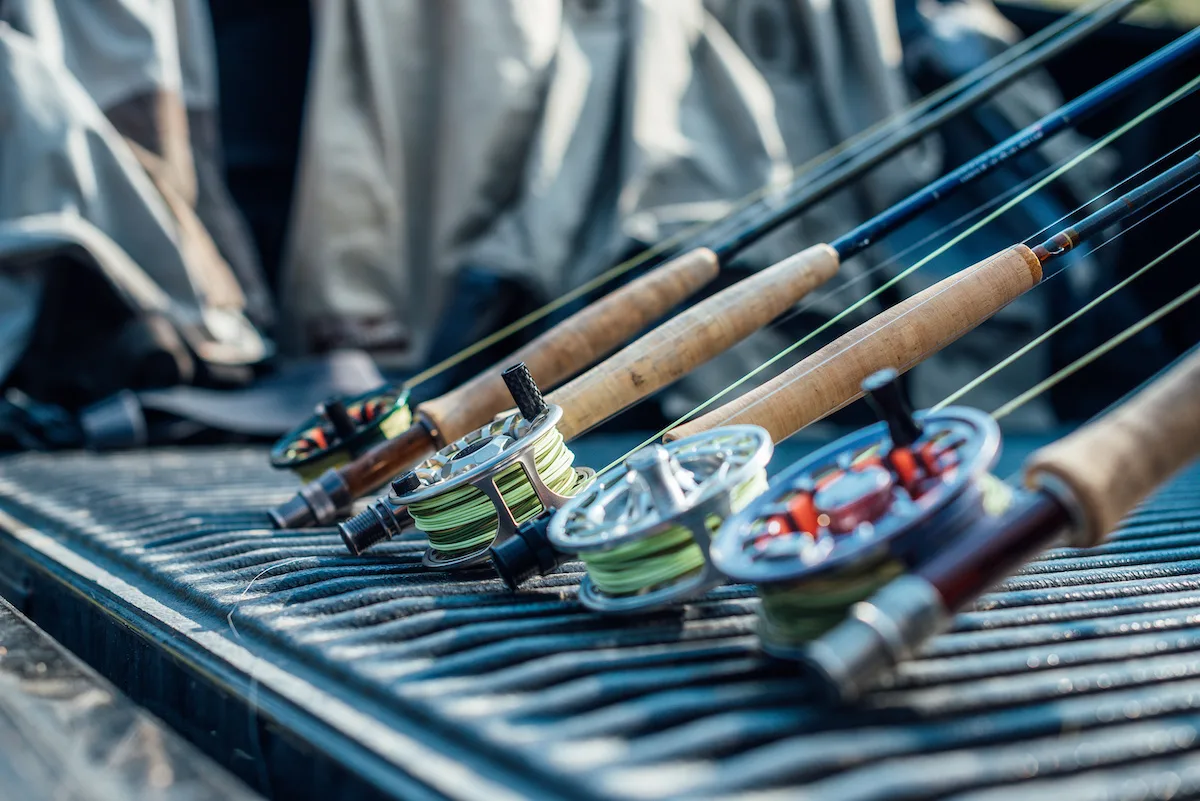
Weight of a Fly Rod
In simplest terms, the weight of a fly rod is its strength. The fly rod weight has more to do with the weight of the line you choose to fish with rather than the fish itself. However, that line weight is definitely related to the type and size of fish you are going to chase.
More on the line weights in an article to follow. For now you should know that the bigger the line, the bigger rod weight that is needed to handle the force of the line being cast. Bigger lines are used to present bigger bugs to bigger fish. The rod, reel, and line all act as a system together to land your prize (and are important in catch and release).
The smaller the rod weight number, the lighter the rod – which generally equates to smaller then line it can manage effectively. It doesn’t necessarily mean you are going to hook smaller fish tossing a lighter line with lighter tippet, but it does mean a big fish is going to feel really big on a lighter rod. Some fisherman like that challenge.
You might be wondering why everything has to be so specific. Why can’t I just get a rod of any weight and chuck some bugs? Simply put, it just doesn’t work that way! Because you’ll be presenting fake bugs, it’s imperative to present them in the most natural way possible. Your fly rod weights are part of this.
It isn’t the rod that lands on the water – it’s the line all the way out to the tippet that determines if a fish is spooked or thinks that fake Stone Fly just landed to drop its eggs.
There is some wiggle room when putting your fly rod system together, but the whole step-up is a system that is all about presentation. Try to stay within 1-2 wts when matching rod, reel, and line to be able to manage the system effectively. You will save yourself a lot of frustration.
How to Read Fly Rod Weights
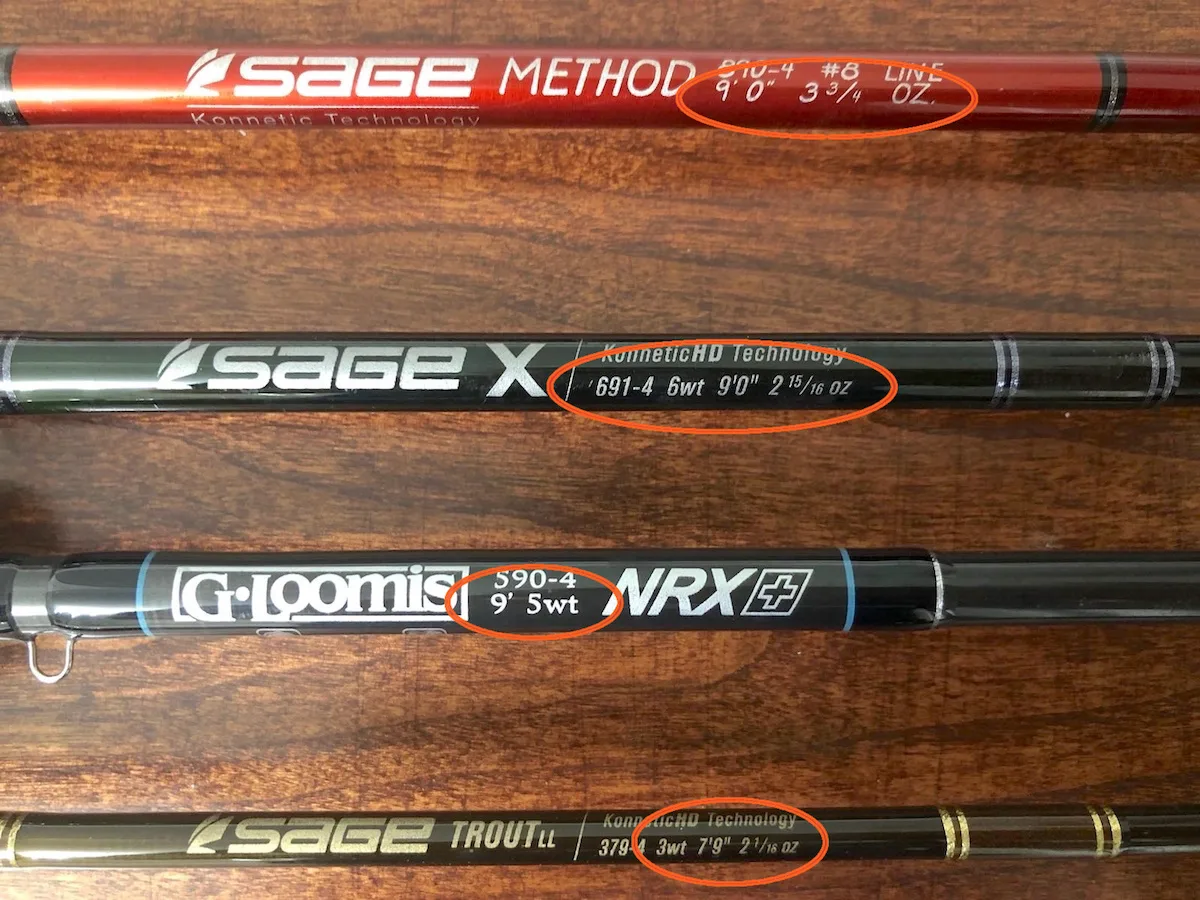
Typically on the first section of a fly rod (towards the handle) you will find all the info you need about a rod. No doubt there will be a nice manufacturer logo, and a large reference to the rod model. In the fine print lies the important information about the rod.
The specific manufacturer model number that has length and weight in it will be there, and sometimes the exact weight of the rod. What you are looking for is simply the “weight” or the “line weight.” Both provide the information on what line weight and what reel size should go with that specific rod. Not that weight is the only thing to know, but the rest comes later.
What is the Typical Range of Weights?
Hopefully this doesn’t cause more harm than help, but fly rod weights generally from 2 – 14. Don’t get overwhelmed by that. If you are new to fly fishing, you only need to focus on weights 3 – 8 at the beginning.
More than likely, you will start out fishing for trout that range between 6 – 24 inches long. To do this, you would be fine using a 4, 5, or 6 weight rod. Five weight is generally considered the most versatile and generally what folks start out with.
A 5 weight is going to be able to do everything you need when beginning your fishing journey. This weight rod will present small flies, toss smaller streamers, and cut through a little wind. The best part is that while it does everything you need it to do, you won’t yet be aware of the subtle differences between weights. You’ll just be excited to be casting!
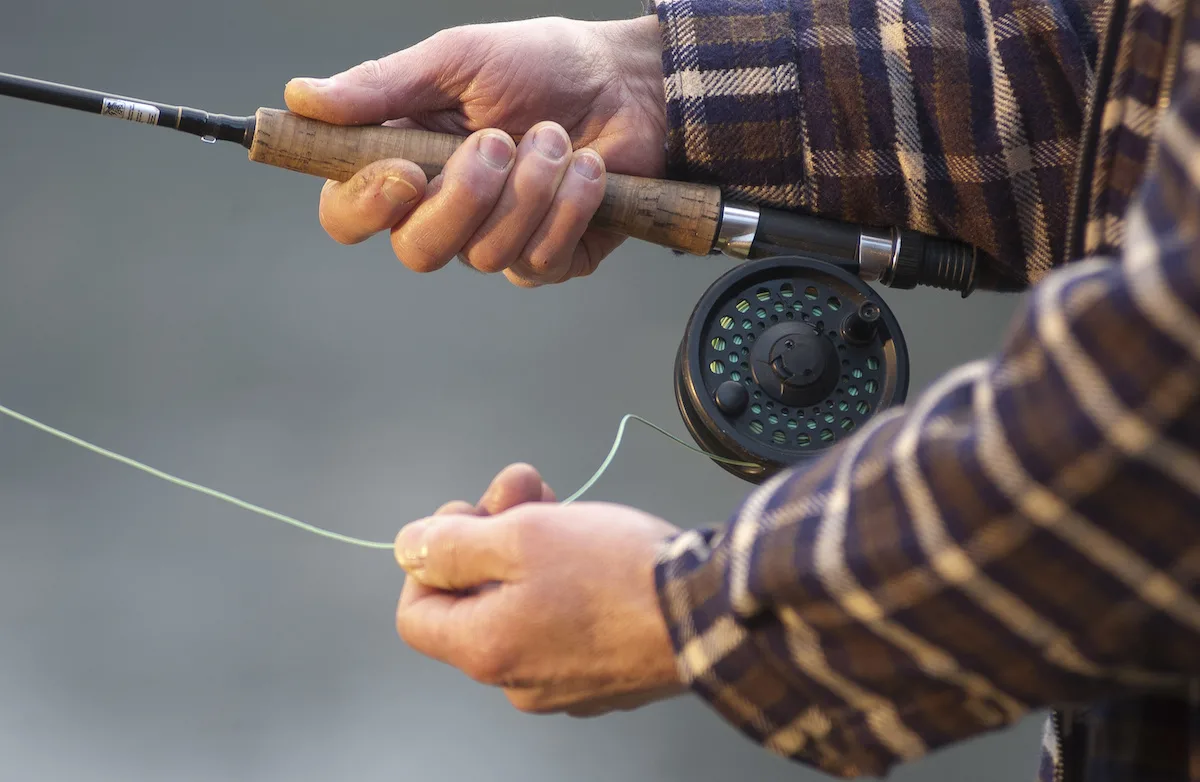
After a little while, you might find yourself targeting certain locations and species. For instance, you might be fishing smaller, tighter rivers with smaller sized fish. If that becomes the norm, you might be ready for a 3 -4 weight rod that helps with your bug presentation. It makes that tug of smaller fish more exciting.
There are a lot of fisherman that says once they fish a 4 weight they won’t go back to a 5 weight. And when they need, will just skip up to a 6 weight. Some would say another advantage to a lighter weight rod is that it has a little more give with a fish pulling against lighter tippets. It is able to absorb the shake of the fish and keep more fish on the line.
What is each Fly Rod Weight Best For?
Now that you understand a bit about fly rod weights and how to read them, use this guide to decide which type of rod weight you need.
3wt Rod

If you are fishing a 3wt then you are looking for feel, delicate presentation, and precision. You are probably tossing small dries to easily spooked fish. This type of fishing can be so much fun, especially when going off the beaten path to explore remote streams and pools.
Made for panfish, small trout in mountain streams, bluegill, and stream bass. Check out: Moonshine Drifter Series, Orvis Clearwater, Echo Shadow, Redington Butterstick, Sage ESN.
4wt Rod
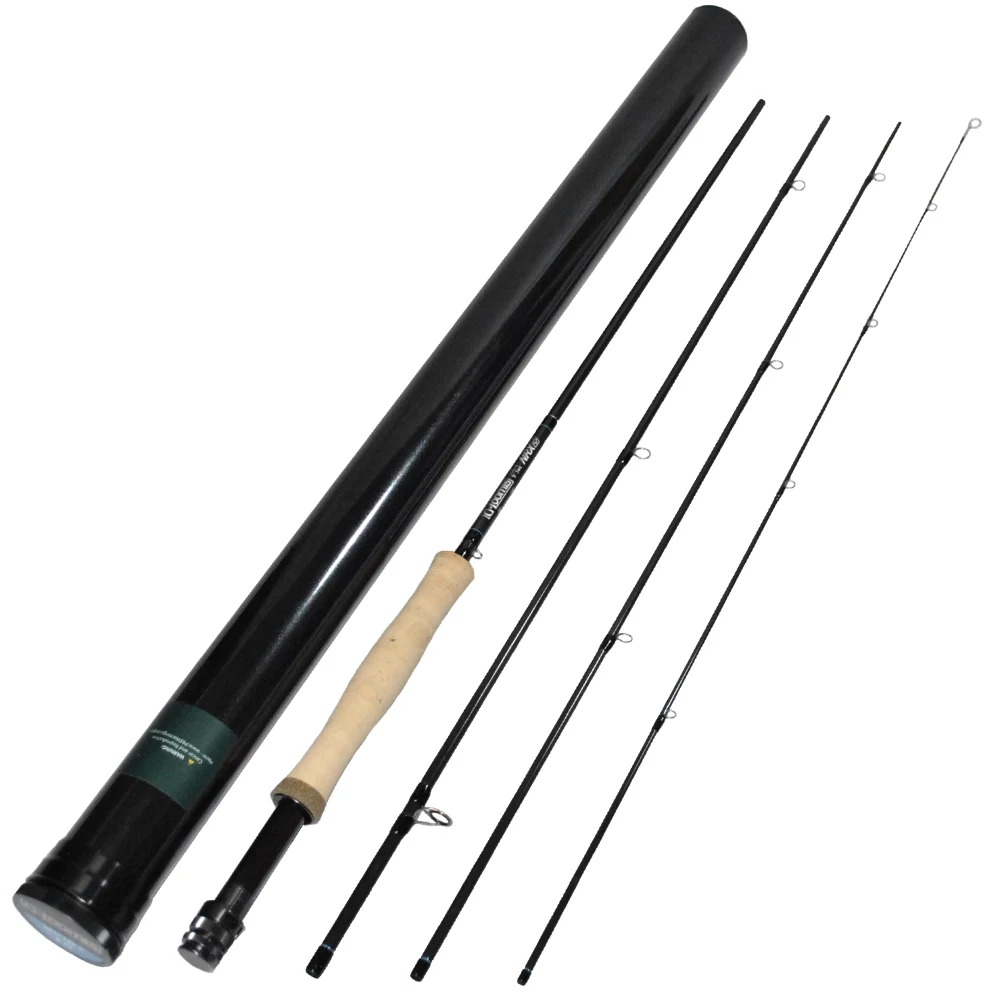
This might become your favorite rod once you’ve experienced all the different types of fly fishing with your 5 wt. It is delicate enough to catch small stream fish, but able to handle +20in trout at the same time. You might turn into that fisherman who always claims the fish on is bigger than it ends up being!
Made for smaller bass, trout, sunfish. Ideal for small streams and creeks running through alpine meadow, and most small to midsize rivers. Check out: G Loomis NRX+LP, Orvis Helios, Sage X, Hardy Shadow, Douglas DXF, Fenwick AETOS.
5wt Rod
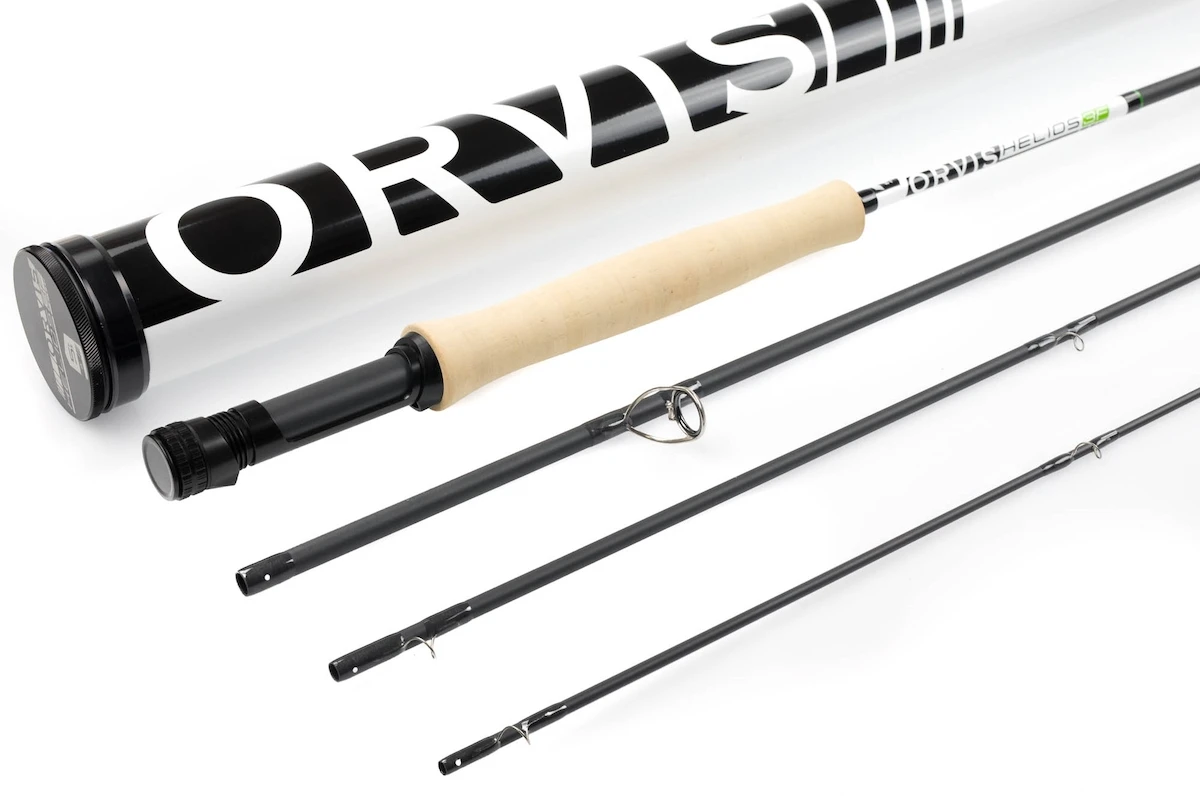
The 5 wt is the Swiss Army Knife of fly rods. You will be able to float lakes, explore creeks, and fish any size river. Again, it will do everything you need it do but . . . over time, you mind find tools that are more specific to the technique or location. Everyone should have a 5wt, but don’t be surprised if you find yourself using it less and less over the years.
Made for medium to large trout, bass, sunfish. Check out: Orvis Helios, Sage Pulse, Echo Base, Hardy Zephrus, G Loomis NRX+LP.
6wt Rod
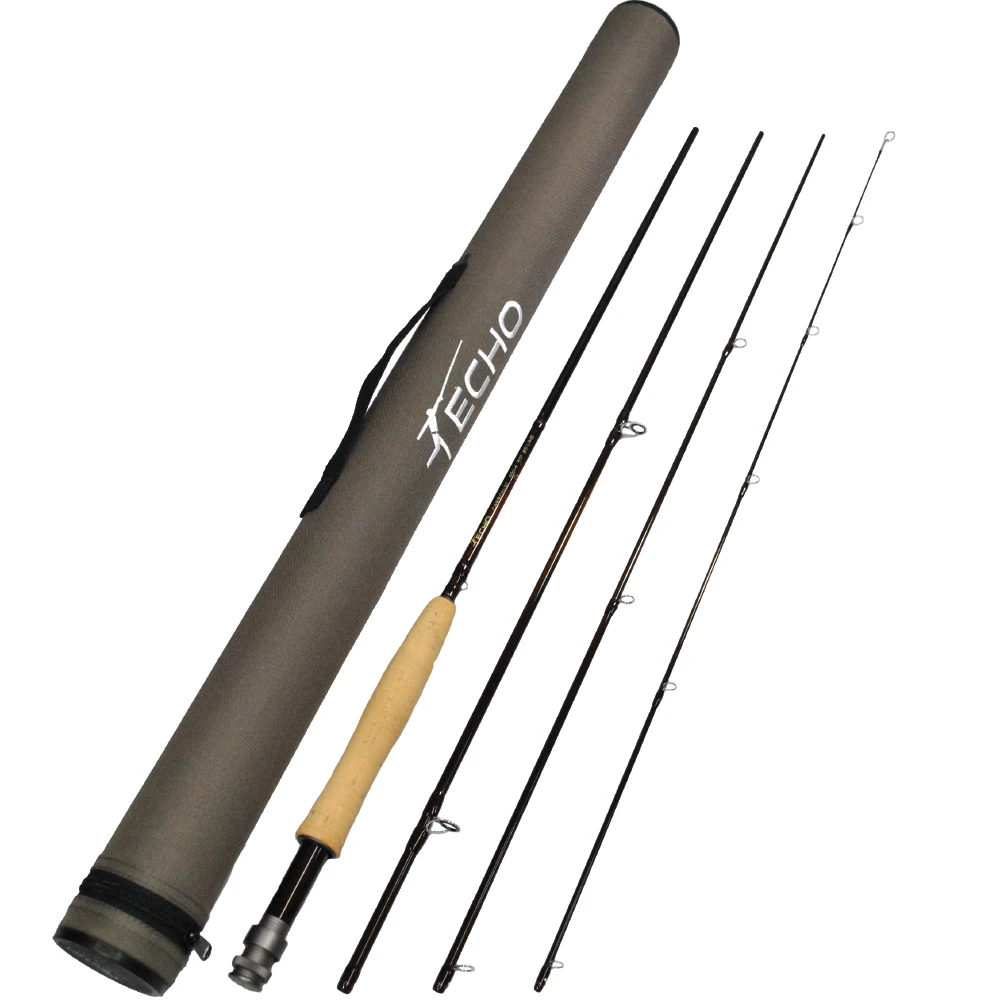
When you come to that moment that your 5wt might not be ideal for everything, it is likely you are going one of two ways . . . either down to the 4wt or up to the 6wt. Generally if you choose to go up, it’s because you are planning to spend the majority of your time chasing bigger fish with bigger bugs. Whether it’s stripping streamers in Yellowstone or chucking big poppers, the 6wt will have the power you need to fight the conditions.
Made for any size trout, smallmouth bass, carp, salmon, saltwater. Check out: Douglas Sky G, Orvis Recon, Echo Carbon, G Loomis Asquith, Scott Centric.
7wt Rod
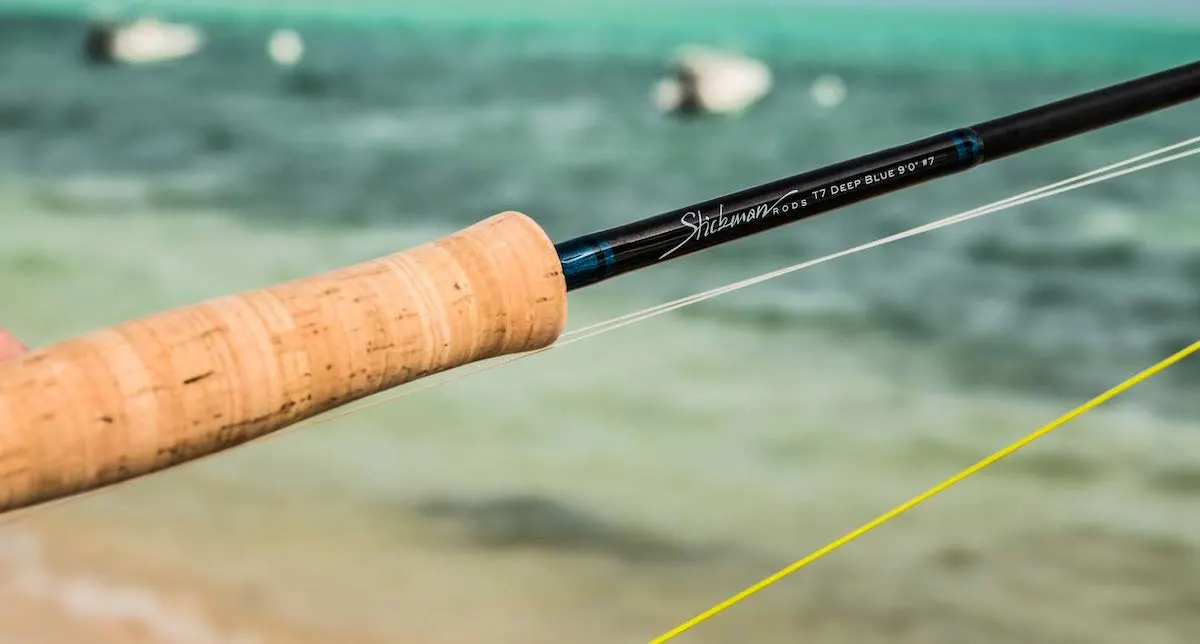
Probably the simplest way to explain the 7wt is that it’s going to give you more of a ride than the more commonly used 8wt. You are likely chasing the same big game fish, but wanting a little softer presentation and a little more protection on the tippet. If the wind and conditions cooperate, than why not? There are probably 3 – 4 rods you will buy before grabbing a 7wt.
Made for smallmouth bass, carp, salmon, saltwater, steelhead, and pike.
8wt Rod
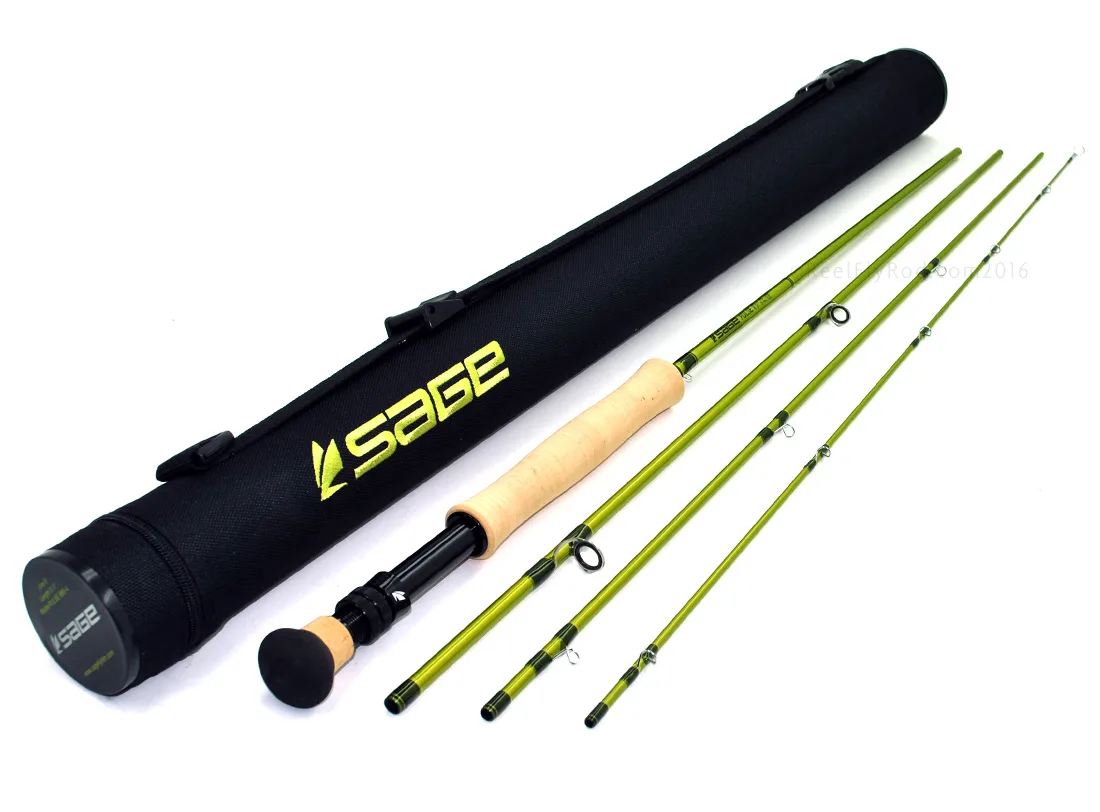
If the 5wt is the “do it all” for medium fish, then the 8wt is the do it all for big fish. You can even enter the realm of saltwater species with an 8wt. Above the 8wt, fly fishing feels a lot different. The first time you fish for Steelhead, it will likely be on an 8wt.
Made for largemouth bass, saltwater, bonefish, redfish, sea trout, small striped bass, large trout, steelhead, small to med salmon, juvenile tarpon, bass, stripers, bonefish. Check out: Orvis Helios 3F, Sage Pulse, Scott Sector, Fenwick AETOS, G Loomis Asquith.
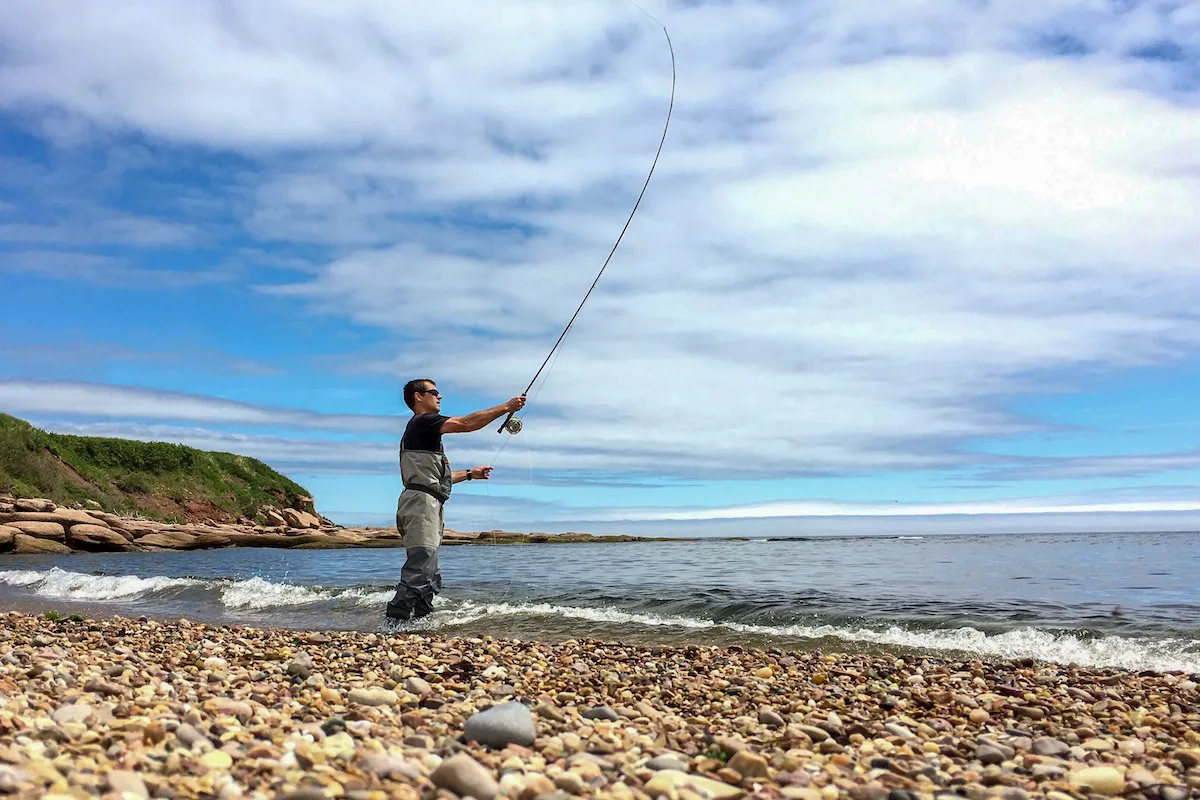
9wt Rod
Not likely to be in your arsenal for some time. The 9wt is a nasty wind and big fly version of the 8wt. To have a 9wt with you means you are going big and expecting less than ideal conditions.
Made for striper, large trout, steelhead, Big Salmon, bonefish, redfish, snook, big bass, tarpon, jacks.
10wt Rod
Let the guide provide it because you are obviously on a trip somewhere going for big game!
Day one, you are going to want a 5wt in your arsenal. From there, your preferences and location will determine what comes next. Don’t be surprised to find yourself owning a 3, 5, and 8 wt within a couple year of starting fly fishing. That would be a pretty sweet collection of rods that will take care of any fishing adventure.
Pretty soon you will get the itch for a nice 4wt and 6wt . . . and then there are no limits as you explore what works for you.
